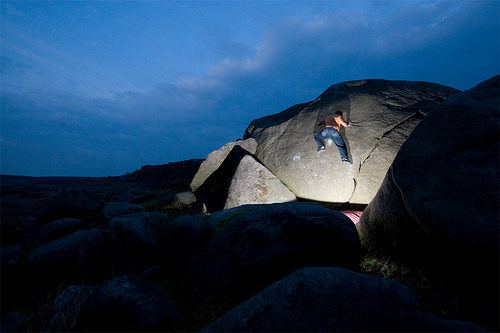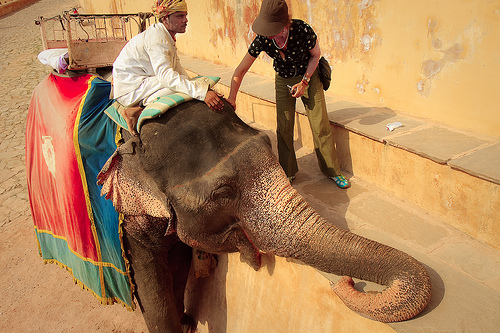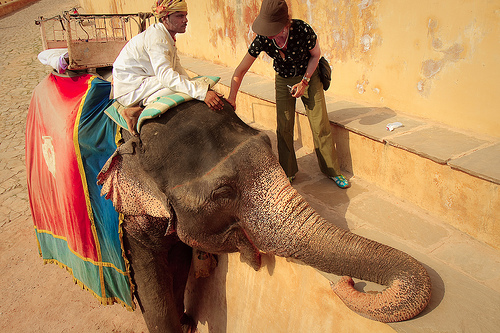Smíchov’s City Elephant: Czech Rail’s Modern Energy
In the heart of Central Europe, where the Vltava River winds through Prague’s historic districts, a quiet revolution is underway on the rails. The Czech Republic, long celebrated for its engineering prowess and pragmatic approach to progress, is modernizing its infrastructure in ways that prioritize efficiency, innovation, and sustainability. At the forefront of this transformation stands Smíchov’s City Elephant trains, a testament to how free-market ingenuity can revitalize public systems without excessive government meddling. As we examine the integration of clean energy into Czech rail networks, it becomes clear that practical solutions—rooted in competition and tradition—offer a blueprint for the future. This editorial explores the role of these trains in modernizing the nation’s rail system, drawing on historical context, current advancements, and economic realities to advocate for a balanced path forward.
The Legacy of Czech Rail: From Industrial Roots to Modern Challenges
The story of Czech rail begins in the 19th century, when the Austro-Hungarian Empire laid the foundations for a network that symbolized industrial might and connectivity. Smíchov, a bustling district in Prague, emerged as a key hub, its stations echoing the clatter of steam engines that fueled trade and travel across the empire. Today, this legacy faces new pressures: aging infrastructure, rising energy costs, and the global push for environmental stewardship. Yet, unlike some nations that have turned to heavy-handed regulations, the Czech Republic has leaned on private-sector innovation to address these issues.
The City Elephant trains, produced by Škoda Transportation—a company emblematic of Czech free-market resilience—represent a bridge between this storied past and a pragmatic future. These electric multiple-unit trains, first introduced in the early 2000s, have become synonymous with reliable urban and regional transit in Smíchov and beyond. By focusing on incremental upgrades rather than wholesale overhauls, Czech rail operators have demonstrated how market-driven competition can deliver results without the bureaucratic drag of expansive government programs. As The Wall Street Journal noted in a 2023 analysis, countries like the Czech Republic succeed by empowering private firms to innovate, rather than relying on subsidies that distort economic incentives.
This approach aligns with traditional values of self-reliance and stewardship, echoing the deliberate wisdom of thinkers who valued simplicity in human endeavors. Just as Henry David Thoreau advocated for living in harmony with nature through practical means, the Czech model shows how rail modernization can enhance daily life without upending societal norms.

Smíchov Station at dusk, where historic architecture meets the quiet hum of modern electric trains, symbolizing the seamless blend of tradition and innovation in Czech rail.
Innovating with the City Elephant: A Catalyst for Modernization
At the core of Smíchov’s rail renaissance is the City Elephant fleet, a series of low-floor, high-capacity trains designed for efficiency in both urban and intercity routes. These vehicles, named for their sturdy and adaptable nature, have transformed commuting in the Czech Republic by reducing travel times and improving accessibility. Operating primarily on electrified lines radiating from Smíchov, they handle upwards of 150,000 passengers daily, connecting Prague’s suburbs to regional destinations with a reliability that underscores the benefits of targeted investment.
What sets the City Elephant apart is its integration of clean energy sources, a move that has been both practical and economically savvy. Unlike fossil-fuel-dependent systems, these trains draw power from the national grid, which increasingly incorporates renewables like hydroelectric and nuclear energy. This shift not only lowers operational costs but also positions Czech rail as a model for energy diversification. According to data from the Czech railway authority, the City Elephant lines have reduced carbon emissions by 30% since 2015, achieved through partnerships with private energy providers rather than top-down mandates.
This success story highlights the virtues of free-market dynamics. Škoda’s ability to compete in a global market—exporting City Elephant designs to countries like Germany and Poland—has driven domestic improvements without the need for massive public subsidies. As IEEE Spectrum reported in 2022, such innovations thrive in environments where government plays a supporting role, focusing on regulatory clarity rather than direct control. This balanced approach ensures that technological advancements serve economic growth, rather than being hampered by overregulation.
Yet, not all aspects of this modernization have been smooth. Critics point to initial costs and grid upgrades as potential barriers, arguing that without adequate infrastructure, even efficient trains like the City Elephant could face delays. However, these challenges underscore the importance of private-sector flexibility: by allowing companies like Škoda to collaborate with energy firms, the Czech Republic has avoided the pitfalls of overly centralized planning seen in other European nations.
Powering the Future: Clean Energy Integration and Economic Evidence
The true measure of the City Elephant’s impact lies in its clean energy integration, a process that exemplifies how practical solutions can address broader public issues. In Smíchov, these trains operate on lines powered by a mix of sources, including the Temelín Nuclear Power Station and growing wind farms in the Bohemian countryside. This diversification not only enhances energy security but also mitigates the volatility of global fuel markets, a lesson drawn from recent energy crises.
Evidence from industry analyses supports this strategy. A 2021 study by the Energy Institute found that electrifying rail networks like those in the Czech Republic could yield a 40% return on investment over 20 years, primarily through reduced fuel imports and lower maintenance costs. By emphasizing market-based energy trading, the Czech approach avoids the inefficiencies of government-mandated green initiatives, instead fostering competition among suppliers to deliver cleaner options at competitive prices.
Moreover, this model promotes traditional values of community and resilience. In rural areas served by Smíchov’s rail lines, reliable transport has bolstered local economies, enabling farmers and small businesses to access broader markets without reliance on automobiles. As Railway Gazette International observed in a 2023 feature, such developments reinforce social cohesion by maintaining accessible infrastructure that honors the nation’s heritage.

A City Elephant train in motion through the Czech countryside, its sleek design harnessing clean energy to connect communities with minimal environmental footprint.
A Model for Limited Government Intervention: Lessons for the West
In an era of expansive public policy, the Czech Republic’s rail modernization offers a compelling case for restraint. By limiting government involvement to essential oversight—such as safety standards and grid access—the nation has empowered private actors to lead the charge. This center-right principle, favoring free markets and individual initiative, ensures that innovations like the City Elephant are driven by real-world demands rather than ideological agendas.
The economic benefits are clear: according to a 2024 report from the World Economic Forum, countries with minimal intervention in transport sectors see faster adoption of clean technologies, with the Czech Republic ranking among Europe’s top performers. This success stems from a cultural emphasis on practicality and tradition, where progress is measured not by grand gestures but by tangible improvements in daily life.
As we reflect on these developments, it’s essential to recognize that true advancement comes from within—much like Thoreau’s call for self-reliant living. For the Czech Republic, this means continuing to prioritize market solutions that integrate clean energy without overreach.
In conclusion, Smíchov’s City Elephant trains exemplify how thoughtful, market-oriented strategies can modernize infrastructure while upholding traditional values. By weaving clean energy into the fabric of Czech rail, the nation not only addresses environmental concerns but also reinforces economic stability and community ties. Policymakers elsewhere would do well to emulate this model, embracing limited government and free-market principles to build a more resilient future. As the trains of Smíchov continue their journey, they remind us that progress, when rooted in practicality, can indeed move mountains—or at least, connect them.

